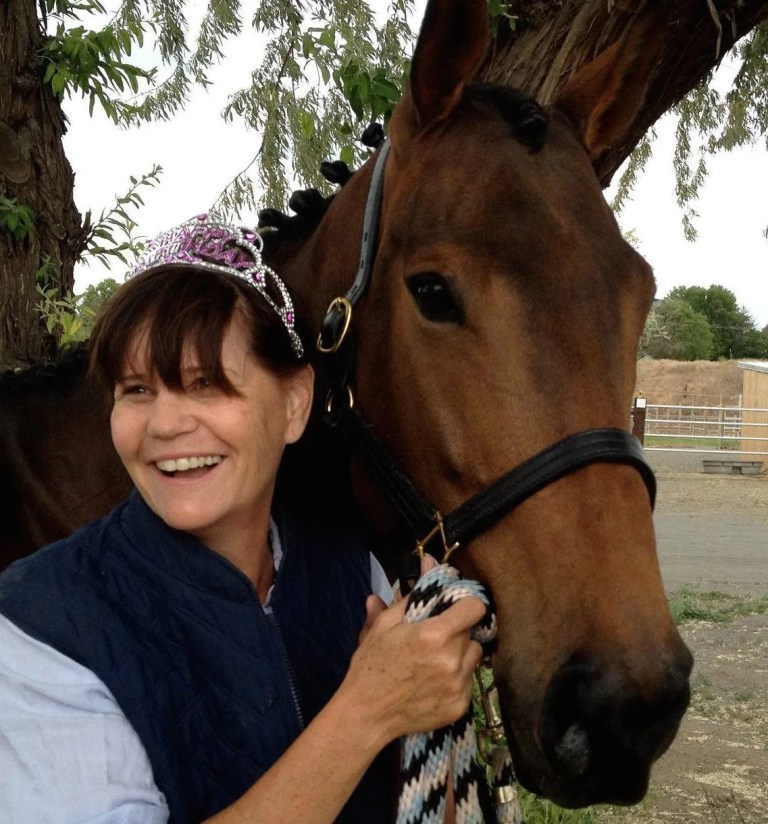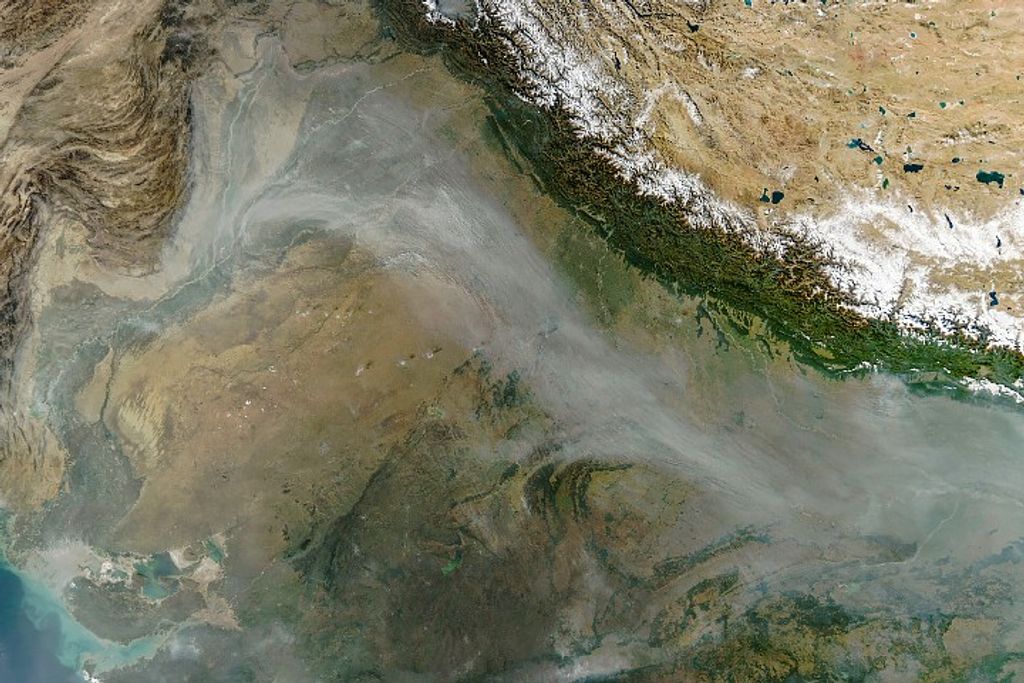
Kathy Hibbard
Terrestrial Ecology Program
< Back to Carbon Cycle & Ecosystems
Kathy Hibbard is a Program Manager for the Terrestrial Ecology Program (TE). She currently works at NASA HQ as an IPA detailee from the Pacific Northwest National Laboratory (PNNL) in Richland, WA. TE address changes in the global carbon cycle and ecosystem structure and function using space-based observations. The program’s research approach combines the use of remote sensing tools to observe terrestrial ecosystems and their responses to variable forcings, field campaigns and related process studies to highlight ecosystem function, and ecosystem and biogeochemical cycle modeling to analyze and predict responses. An important component of the Terrestrial Ecology program focuses on research to establish a theoretical basis for measuring Earth’s surface properties using electromagnetic radiation and developing the appropriate methodologies and technical approaches to analyze and interpret such measurements. The program funds numerous laboratory and field campaigns that contribute to quantifying our scientific understanding of carbon cycle and ecosystem changes. Typical field studies include airborne in situ and remote sensing instrumentation for focused aircraft field campaigns, remote sensing and in situ observations, and long term ground based in situ and remote sensing programs.
Kathy’s research interests are in how the Earth system is changing, both in response to and driven by human activities and the climate system. Much of her research has been focused on characterizing successional recovery and ecosystem change to catastrophic fire or incremental change in ecosystem structure and function due to direct human management (e.g., grazing, logging) and indirect human influence (e.g., fire suppression) in semiarid ecosystems. Kathy worked for over ten years for the Earth system modeling projects of the International Geosphere/Biosphere Programme (IGBP) and expanded her knowledge of the terrestrial carbon, nitrogen and hydrologic cycles to global interactions with the atmosphere, coastal and marine systems. During that time, she worked with the global climate modeling community to develop a carbon cycle diagnostics framework for the Fifth IPCC Assessment Report (AR5) as well as the design and development of the Representative Concentration Pathways (RCP’s) that form the basis of the scenarios for AR5. Kathy’s interest in human/environmental systems continued with the initiation and continued representation in the Integrated History and Future of People on Earth (IHOPE) activity which develops models and case studies of human interactions with their environment since the time of human settlement. Kathy joined PNNL in late 2009 to lead the Platform for Regional Integration Analysis and Models (PRIMA) initiative that couples regional climate, land, ocean, socio-economics and energy systems. PRIMA evaluates how to consider mitigation and adaptation strategies for land, energy and water systems in response to climate change.
Kathy received her BS and MS in Biology and Rangeland Management at Colorado State University in Fort Collins, CO in 1983 and 1987, respectively. She received her Ph.D. in Rangeland Ecology & Management at Texas A&M University, College Station, TX in 1995 investigating the consequences of grazing and fire suppression on semiarid savanna systems on soil carbon and nitrogen cycles with extensive in situ field studies combined with the development of the current savanna default parameterization for the CENTURY model. After five years at PNNL, NASA HQ called and all of the international ordination and ecosystem training has provided a great springboard for her current assignment.
Phone: 202-358-0682
Email: kathleen.a.hibbard@nasa.gov


























